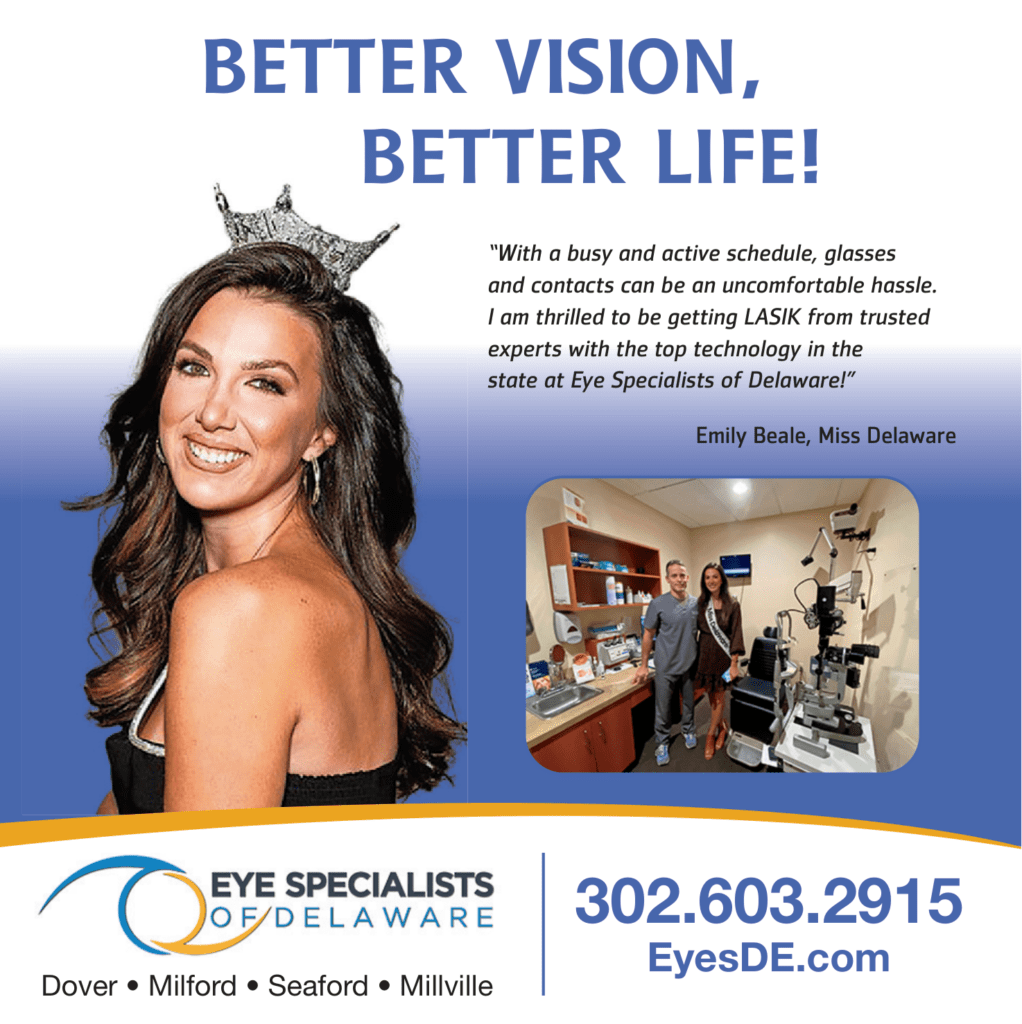LASIK
Are you tired of wearing glasses all the time or wrestling with contacts daily? How would you like to wake up and be able to see you alarm clock clearly?
Most people have probably heard about LASIK, the refractive eye procedure that can help treat nearsightedness, farsightedness and astigmatism. It has become a popular procedure for more people to get the eyesight they have always wanted without the need for glasses or contacts.
LASIK is great for persons over the age of 21 years old, who have healthy stable eyes, are in good general health and who are not pregnant or nursing. During your consultation, we will sit down with you to discuss your lifestyle, goals, your expectation of treatment and perform a full dilated exam to find out if LASIK is the right procedure for you.
The most frequently performed laser vision correction procedure is LASIK. LASIK stands for laser-assisted in-situ keratomileusis. The surgery is quick and painless and designed to change the shape of the cornea so when light enters the eye it is projected onto the retina properly for excellent vision. The surgeon lifts a thin flap of tissue on the outer surface of the cornea, then the cool beam of the excimer laser is used to reshape the underlying cornea. The flap is then replaced and bonds without the need for stitches.

UNDERSTANDING THE SURGERY
CUSTOM LASIK
Personalized to the unique characteristics of each eye to produce sharper, clearer, more accurate vision, particularly for patients with more severe vision problems. Improved night vision and reduced glare have also been reported with custom LASIK.
If you’re like most of our patients, you’ll be amazed at the sharpness and clarity of your vision, and enjoy more freedom from glasses and contact lenses. Your own results will depend on the level of your original vision problem and the overall health of your eyes.
Upon completion of your exam and verification of your candidacy, your surgeon will then discuss the refractive procedure that is best for you.
If you are looking to improve your vision and if you want to find out if you are an ideal candidate, schedule a free consultation today.
WAVEFRONT CUSTOM TREATMENT INFORMATION SUMMARY
Wavefront-guided surgery is a promising new technology that provides an advanced method for measuring optical distortions in the eye. Measuring and treating these distortions goes beyond nearsightedness, farsightedness, and astigmatism determinations that have been used for centuries. As a result, physicians can now customize the LASIK procedure according to each individual patients unique vision correction needs. The treatment is unique to each eye, just as a fingerprint is unique. Wavefront systems work by measuring how light is distorted as it passes into each eye and then is reflected back. This creates an optical map of the eye, highlighting individual imperfections. Wavefront technology functions as a road map for LASIK surgery, providing benefits to the patient during both the evaluation and treatment process.
During treatment, wavefront allows the surgeon to tailor the laser beam setting, making the surgical procedure itself more precise. In this way, wavefront technology offers the patients sharper, crisper, better quality vision, as well as reduction in nighttime vision difficulties, such as halos and glare.
Wavefront technology is an adjunct tool used to enhance an already safe and effective procedure. As the most common form of vision correction surgery, LASIK has already benefited millions of patients. The increased safety and the improved quality of vision benefits of customized procedures are an important technological advancement for the patients and physicians alike.
HOW WAVEFRONT WORKS
Light can be thought as traveling in a series of flat sheets, known as wavefront. To clarify the confusion about light traveling as waves instead of rays, waves are just perpendicular to light rays. These light waves are wrinkled or distorted as they pass through imperfections in the eye. These errors can be displayed on a color map of the wavefront image, which is the tool that is used to diagnose, and then determine corrections for the aberrations in the eye.
There are several ways of analyzing the optical system of the eye using wavefront technology. The most common, the Hartmann-Shack wavefront sensing method, deals with light waves as they exit the eye. In this system, the surgeon or other professional shines a small, low intensity laser into the eye, and the patient focuses on the light. As that light scatters off the retina (the rear most portion of the eye) it passes through the lens, the rear portion of the cornea (the crystalline front part of the eye) and the front part of the cornea. Thus, the emerging waves of light are distorted by the impactions in the total visual system of the eye. After leaving the eye, the light passes through an array of many small lenses in the sensing device (called aberrometer), and is focused into spots, which are recorded by a special camera. The deviation of the spots from their location provides information on wavefront error.
